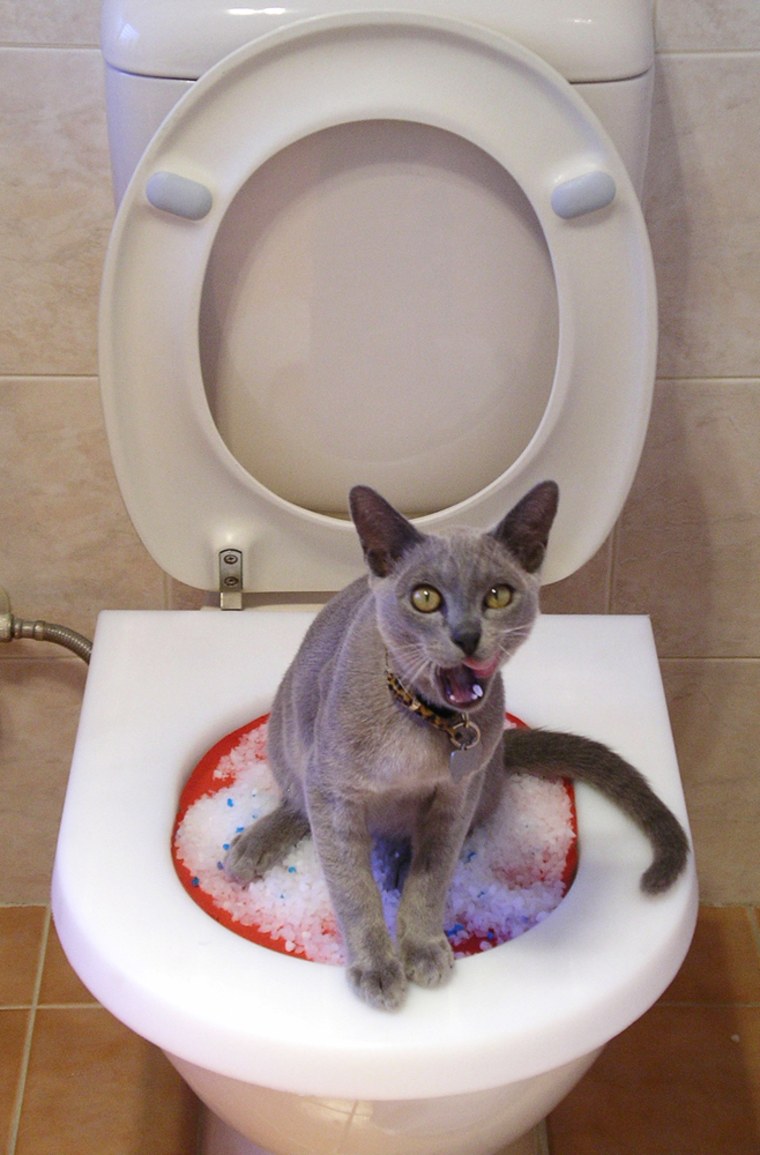Hazards of Flushing Cat Poop Down Your Toilet - Prevent Potential Problems
Hazards of Flushing Cat Poop Down Your Toilet - Prevent Potential Problems
Blog Article
Nearly everybody is bound to have his or her own idea about Can You Flush Cat Poo or Litter Down the Toilet?.

Introduction
As pet cat proprietors, it's vital to be mindful of how we get rid of our feline close friends' waste. While it may appear convenient to purge feline poop down the toilet, this method can have detrimental effects for both the environment and human wellness.
Environmental Impact
Purging pet cat poop introduces damaging pathogens and bloodsuckers right into the water, positioning a significant danger to water environments. These pollutants can negatively affect aquatic life and compromise water quality.
Health and wellness Risks
In addition to environmental concerns, purging cat waste can likewise present health and wellness dangers to human beings. Pet cat feces may have Toxoplasma gondii, a bloodsucker that can trigger toxoplasmosis-- a possibly extreme illness, particularly for expectant ladies and individuals with damaged immune systems.
Alternatives to Flushing
The good news is, there are safer and extra accountable ways to take care of pet cat poop. Think about the adhering to alternatives:
1. Scoop and Dispose in Trash
One of the most common approach of getting rid of pet cat poop is to scoop it right into a biodegradable bag and throw it in the garbage. Be sure to make use of a dedicated trash scoop and deal with the waste promptly.
2. Usage Biodegradable Litter
Select biodegradable feline litter made from products such as corn or wheat. These clutters are environmentally friendly and can be safely dealt with in the garbage.
3. Hide in the Yard
If you have a yard, consider burying cat waste in a designated area away from vegetable gardens and water resources. Make sure to dig deep enough to prevent contamination of groundwater.
4. Set Up a Pet Waste Disposal System
Purchase a family pet waste disposal system specifically developed for feline waste. These systems utilize enzymes to break down the waste, minimizing odor and environmental effect.
Conclusion
Liable family pet ownership prolongs beyond providing food and sanctuary-- it additionally involves appropriate waste monitoring. By refraining from flushing pet cat poop down the commode and choosing alternate disposal methods, we can decrease our ecological impact and shield human health.
Why Can’t I Flush Cat Poop?
It Spreads a Parasite
Cats are frequently infected with a parasite called toxoplasma gondii. The parasite causes an infection called toxoplasmosis. It is usually harmless to cats. The parasite only uses cat poop as a host for its eggs. Otherwise, the cat’s immune system usually keeps the infection at low enough levels to maintain its own health. But it does not stop the develop of eggs. These eggs are tiny and surprisingly tough. They may survive for a year before they begin to grow. But that’s the problem.
Our wastewater system is not designed to deal with toxoplasmosis eggs. Instead, most eggs will flush from your toilet into sewers and wastewater management plants. After the sewage is treated for many other harmful things in it, it is typically released into local rivers, lakes, or oceans. Here, the toxoplasmosis eggs can find new hosts, including starfish, crabs, otters, and many other wildlife. For many, this is a significant risk to their health. Toxoplasmosis can also end up infecting water sources that are important for agriculture, which means our deer, pigs, and sheep can get infected too.
Is There Risk to Humans?
There can be a risk to human life from flushing cat poop down the toilet. If you do so, the parasites from your cat’s poop can end up in shellfish, game animals, or livestock. If this meat is then served raw or undercooked, the people who eat it can get sick.
In fact, according to the CDC, 40 million people in the United States are infected with toxoplasma gondii. They get it from exposure to infected seafood, or from some kind of cat poop contamination, like drinking from a stream that is contaminated or touching anything that has come into contact with cat poop. That includes just cleaning a cat litter box.
Most people who get infected with these parasites will not develop any symptoms. However, for pregnant women or for those with compromised immune systems, the parasite can cause severe health problems.
How to Handle Cat Poop
The best way to handle cat poop is actually to clean the box more often. The eggs that the parasite sheds will not become active until one to five days after the cat poops. That means that if you clean daily, you’re much less likely to come into direct contact with infectious eggs.
That said, always dispose of cat poop in the garbage and not down the toilet. Wash your hands before and after you clean the litter box, and bring the bag of poop right outside to your garbage bins.
https://trenchlesssolutionsusa.com/why-cant-i-flush-cat-poop/

Do you appreciate reading up on How to Dispose of Cat Poop and Litter Without Plastic Bags? Leave a remark below. We'd be delighted to listen to your insights about this piece. In hopes that you come back again in the near future. For those who enjoyed reading our blog posting please make sure you remember to share it. Thanks a lot for your time. Please check our website back soon.
Call Today Report this page